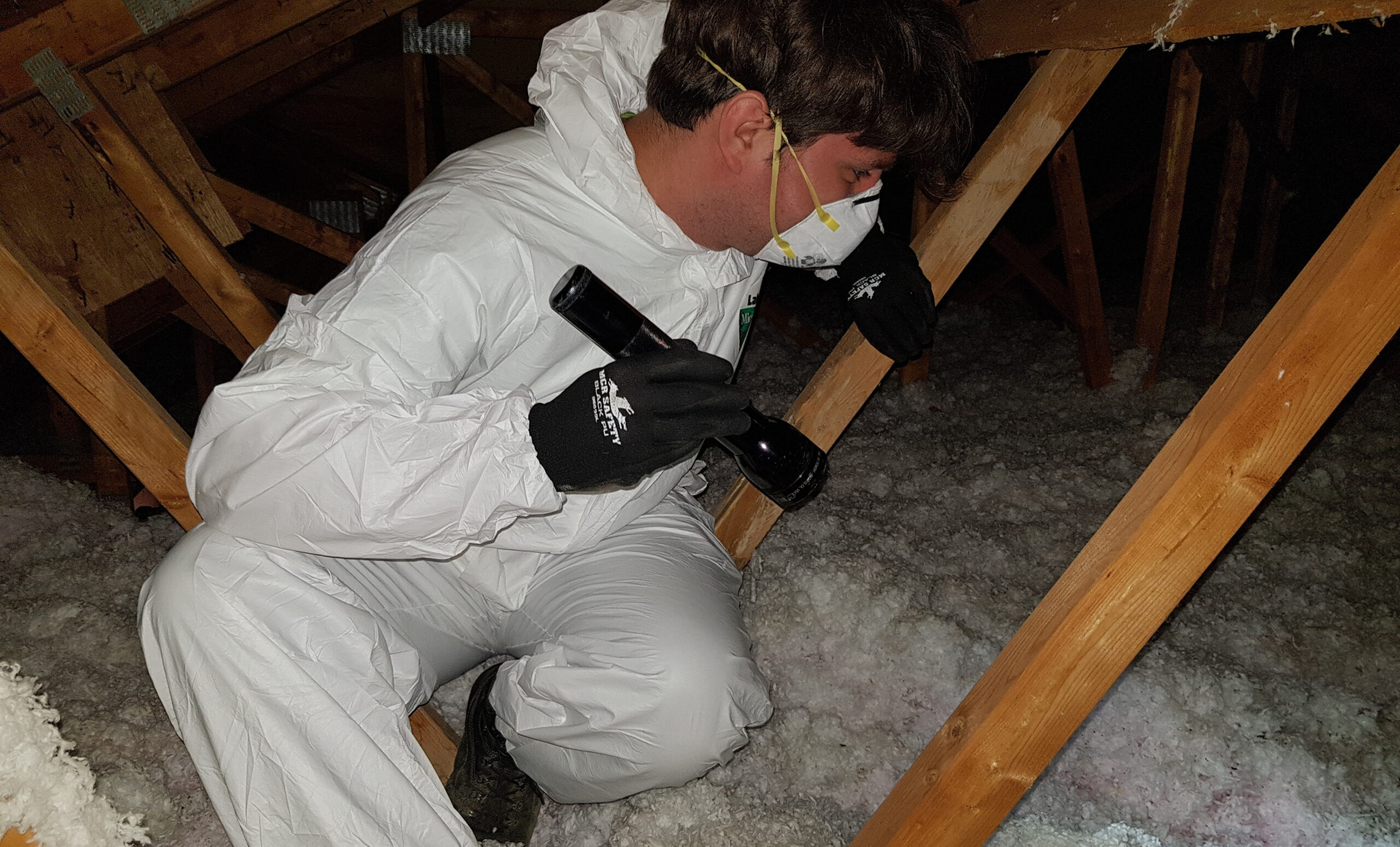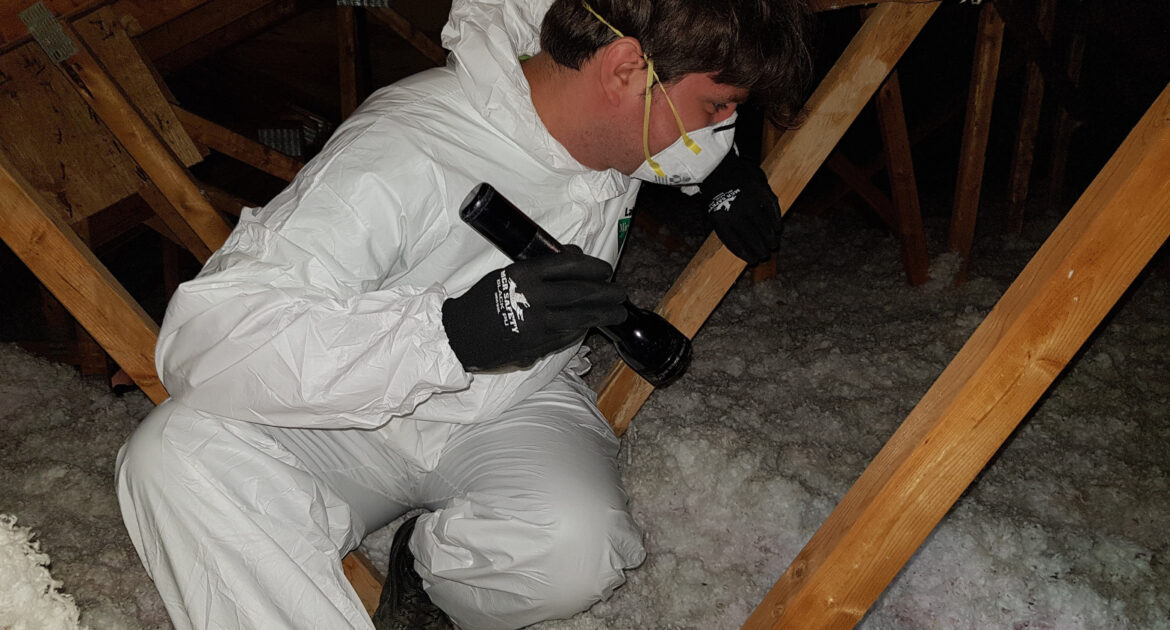Rats and mice are nocturnal rodents. Because they are active at night, you may not see them in your house, but you may find evidence of their presence in the form of droppings. Droppings can tell you whether the nuisance animals are mice or rats. Professional rat removal includes cleaning and decontamination of droppings so that you don’t have to expose yourself unnecessarily to rodent-borne diseases.
How Can You Tell the Difference Between Mice Droppings and Rat Droppings?
It is helpful to know what kind of animal you are looking for, and the droppings can give you some important clues. Rat droppings and mouse droppings may look similar at first glance, but there are some important differences that can help you tell them apart:
- Colour: Mouse droppings are browner in colour, while rat droppings are black. Rat droppings can also have a shiny appearance, while mouse droppings are matte.
- Size: Rats are slightly larger than mice, so it stands to reason that they produce bigger droppings. A rat’s droppings average about one-half inch in length but can be up to three-quarters of an inch long. A mouse’s droppings are only about one-quarter of an inch long.
- Shape: Both mouse droppings and rat droppings are roughly cylindrical in shape. However, the ends of mouse droppings taper to a point, while the ends of rat droppings are more rounded.
Mice produce more droppings per day than rats do, so the number could be a clue to the particular animal you are dealing with.
What Makes Rodent Droppings Dangerous?
Rats and mice carry bacteria that can cause many different diseases. Examples include salmonella, tularemia, lymphocytic choriomeningitis, and leptospirosis. Rodents may run around on your counters looking for food and contaminate them with their urine or feces.
Arguably, a bigger risk from rat or mouse droppings is hantavirus exposure. A virus is a different type of pathogen than bacteria. Antibiotics kill bacteria but do not work on viruses. When it comes to hantavirus, even antiviral medications are not effective, and there is no vaccine. Hantavirus can cause respiratory illness so severe that patients need to be hospitalized and put on a ventilator. It spreads to humans by breathing in aerosolized particles of rodent urine or feces.
Not all species of mice or rats carry hantavirus. However, because you can’t tell the species from the droppings, it is safest to assume that the droppings you find come from infected animals.
Where Should You Look for Rodent Droppings?
You may find rodent droppings before you realize there is an infestation, or you may discover other signs of the presence of rats or mice and look for droppings to confirm. Both rats and mice may leave droppings in cupboards and around the areas they look for food. Mice are more likely to leave droppings in their nests, while rats leave them somewhere nearby. Both types of rodents get around by crawling alongside walls, so you might find droppings near baseboards.
What Protective Equipment Should You Use When Inspecting Rodent Droppings?
If you find rodent droppings in your home, try not to disturb them, or you could stir up dust that could contain aerosolized hantavirus. If you want to inspect them to find out whether they came from mice or rats, protect yourself so you do not expose yourself to disease. Wear gloves made of rubber or a non-absorbent material to protect your skin if you accidentally come in contact with the droppings.
Because hantavirus spreads from breathing in particles, you can protect yourself by wearing a full-face, P100 respirator or an N95 dust mask. Don’t wear a disposable paper mask or an unrated cloth mask; it won’t provide sufficient protection.
As part of wildlife removal on Vancouver Island, Skedaddle removes rats or mice safely and humanely from your home, cleaning and decontaminating the mess left behind. Learn about the services we offer.




